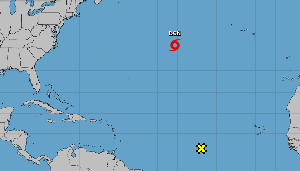
The chances that an area of low pressure west of Africa could form into a tropical depression are slowly increasing as the system moves west across the Atlantic Ocean, hurricane forecasters said Friday.
The disturbance, located several hundred miles west-southwest of Cabo Verde, is producing showers and thunderstorms over the central Atlantic, National Hurricane Center forecasters said in a 7 a.m. update.
“Environmental conditions appear generally conducive for some gradual development of this system, ” forecasters said, “and a tropical depression could form in the next several days, as it moves westward across the tropical Atlantic.”
The system now has a 40% chance of development within the next week, forecasters said.
Hurricane forecasters started tracking the disturbance Wednesday.
Tropical Storm Don
Tropical Storm Don is now expected to remain largely unchanged for the next day or so before it degenerates, National Hurricane Center forecasters said Friday.
Don, located between Bermuda and the Azores, is producing maximum sustained wind speeds of 50 mph as it moves west-northwest over the Atlantic Ocean at about 9 mph, forecasters said in a 4 a.m. update.
Don was initially categorized as “subtropical” because it was embedded within an upper-level trough and had a relatively large radius of maximum wind, forecasters said. While tropical systems have the potential to quickly grow into hurricanes, subtropical storms do not.
Don is the fourth tropical storm to roll through the Atlantic Ocean this hurricane season.
The 2023 hurricane season
The return of El Niño could bring a wetter second half of the year to Louisiana and a reduced risk of hurricanes.
The National Oceanic and Atmospheric Association’s Climate Prediction Center announced March 9 that La Niña, which usually causes more hurricanes to form in the Atlantic, was officially over after an unusually long three years.
El Niño and its sister La Niña are part of the El Niño-Southern Oscillation cycle, a set of conditions over the Pacific Ocean that affects weather patterns across the world. In Louisiana, the biggest effects involve hurricane season in the Atlantic Ocean.
Regardless, this year’s first cyclone hit in January, long before the official start of hurricane season, and June alone saw three named storms. Now forecasters are predicting that 2023 will prove to be an above-average hurricane season, with 18 named storms.

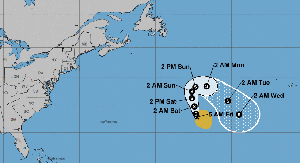
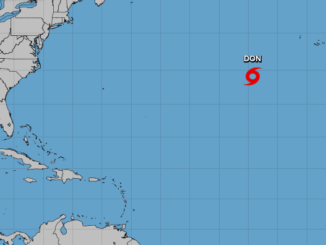
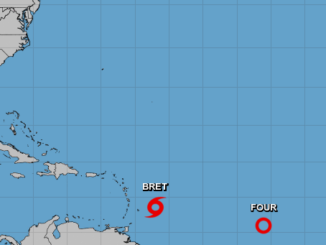
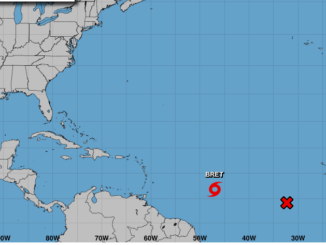
Leave a Reply